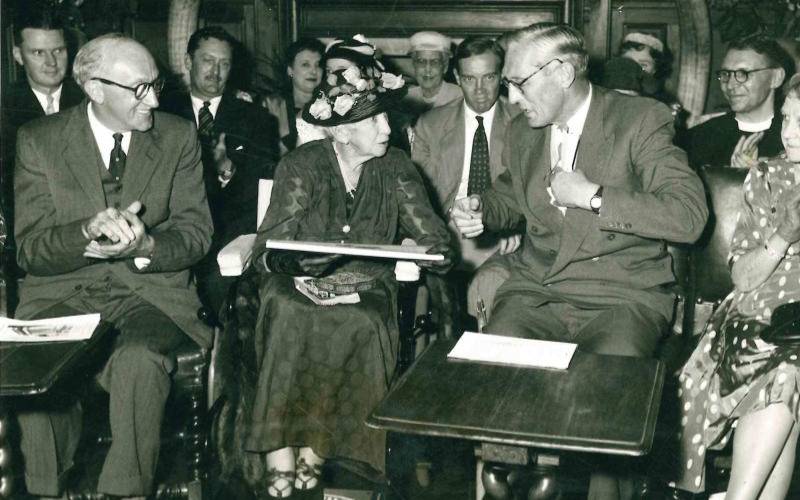
If you live in Juja, the urban enclave near Thika, you ought to thank one William Northrup McMillan for giving your hood a name. Like the early settlers, McMillan came to Africa from St Louis, Missouri, in 1904, first on a hunting expedition, first in Sudan and Ethiopia, and as it always turned out, to try and eke out a living in the continent.
It was in Ndarugu plains where McMillan set up a farming venture. The new settler came to Kenya with two images he had collected from West Africa — Ju and Ja — hence the name Juja. But African were not amused by these idols that some felt would bring misfortunes, including having their owners die at sea. Lady Lucie McMillan had to bury them in some corner of the 19,000-acre Juja Farm “but she never disclosed where,” according to the Pioneers’ Scrapbook edited by Elspeth Huxley and Arnold Curtis.







